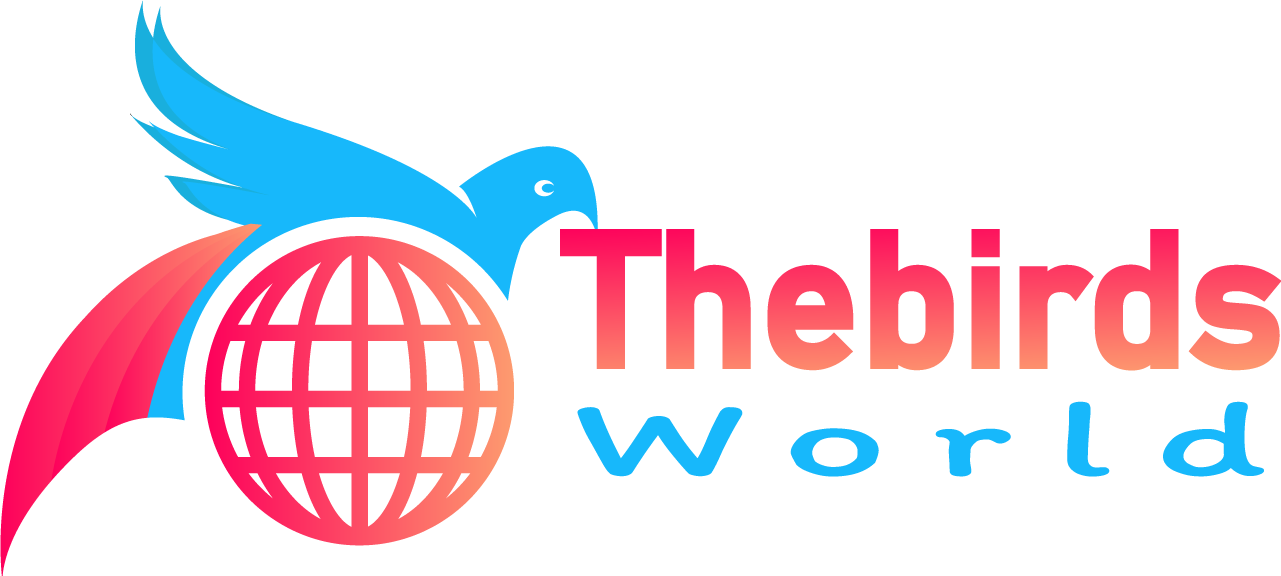As industrial operations become increasingly connected and data-driven, enhancing cybersecurity resilience is crucial. Operational Technology (OT) underpins essential industrial control systems. Protecting these assets is of utmost priority. By implementing proactive strategies, organizations can secure their OT environments. By implementing strategies it allows organizations to thrive in the digital industrial age.
Understanding the OT Cybersecurity Landscape

OT environments have unique cybersecurity challenges:
- Legacy Systems: Industrial systems often run outdated. Vulnerable software that lacks modern security capabilities are open to attacks. Yet downtime for upgrades can severely disrupt operations.
- Specialized Hardware: Proprietary industrial devices and sensors may have firmware vulnerabilities. Lack of patching support from vendors exacerbates risks.
- Interconnectivity: The convergence of IT and OT networks provides pathways. Without safeguard this allows for threats to propagate across systems. This requires a unified security approach.
- Safety Priorities: Security measures perceived to slow work face backlash. Make sure new measures do not impact uptime, output quality or worker safety. This cultural challenge must be overcome through training and dialogue.
- Resource Constraints: Many sites have limited cybersecurity expertise and budgets. Personnel shortages also hinder security program expansion. Third-party services can help overcome gaps.
Understanding the unique OT threat landscape informs the development of tailored resilience strategies. Companies must balance productivity, safety and security for the better.
12 Key Strategies for Enhancing OT Cybersecurity Resilience
Organizations must take a comprehensive and proactive approach. Bolstering their OT cybersecurity resilience prevents data breach and safety. Security protocols are doubly important for OT. Let’s delve into the significance of each strategy:
1. Risk Assessments for Comprehensive Security:
Conducting thorough risk assessments is the foundation of a resilient cybersecurity strategy. It helps organizations identify vulnerabilities and potential threats across their entire OT infrastructure.
2. Identity and Access Management Controls:
Implementing robust controls for identity and access management is crucial. This ensures that only authorized personnel have access to critical OT systems. This minimizes the risk of unauthorized intrusion.
3. Network Segmentation for Isolation:
Establishing network segmentation is a proactive measure. This to isolate and protect critical OT systems. This limits the lateral movement of cyber threats within the network. Upon breach this prevents widespread damage.
4. AI-Driven Threat Detection for Rapid Response:
AI algorithms can analyze patterns and anomalies, providing real-time insights. Using advanced detection can prevent damage from cyber threats.
5. Cybersecurity Drills and Exercises:
Regular cybersecurity drills and exercises are essential for testing an organization’s preparedness. Simulating cyber emergencies helps teams refine their response plans. This in turn identifies areas for improvement.
6. Software Patch Management Processes:
Implementing effective software patch management processes is crucial for mitigating known vulnerabilities. Timely updates ensure that systems are protected. This prevents exploits that threat actors may attempt.
7. Data Loss Prevention Controls:
Safeguarding proprietary data is paramount. Data loss prevention controls help organizations mitigate the risk of sensitive information leaks.
8. Comprehensive Incident Response Plans:
Developing comprehensive incident response plans is vital for cyber emergencies. Having a well-defined roadmap ensures that organizations can respond swiftly.
9. OT-Specific Training for Employees:
Providing training to employees minimizes the risk of human errors. Well-trained staff are better equipped to identify and respond to potential threats.
10. Complete Visibility through Inventory Monitoring:
Maintaining complete visibility over OT assets is critical. Continuous inventory monitoring ensures that organizations are aware of all devices.
11. Collaboration with Managed Security Services:
Partnering with managed security services augments in-house capabilities. These services bring specialized expertise, threat intelligence, and proactive monitoring. This enhances overall cybersecurity resilience.
12. Achieving Compliance with Regulations and Standards:
Ensuring compliance with relevant cybersecurity regulations and standards is not only a legal requirement. It is also a foundational element for a resilient cybersecurity posture.
This proactive approach is essential for mitigating risks, responding effectively to incidents, and maintaining the integrity of critical OT systems in today’s dynamic threat
Powerful OT Cybersecurity in Action
Real-world examples clearly illustrate the power of resilience strategies. The 2021 Colonial Pipeline ransomware attack shut operations for six days, causing fuel shortages and $4.4 million in extortion payments. Network segmentation and more robust endpoint security could have reduced this impact.
Advanced AI threat detection and better patching processes may have prevented the initial breach.
These cases highlight the far-reaching consequences of cyber incidents and validate the need for comprehensive resilience.
Emerging Technologies Transforming OT Cybersecurity
Innovative technologies are powering the next generation of OT security. Predictive analytics leverage AI and machine learning to forecast and preempt cyber risks. Integrated IoT security protects connected sensors, devices and networks. Cloud-based software simplifies patching and upgrades across distributed assets.
Extended detection and response (XDR) correlates IT and OT data to provide unified visibility and threat hunting. By embracing emerging tech, industrial organizations can achieve robust, adaptive protection.
Adhering to Compliance Standards
OT cybersecurity is now tightly governed by regulations and standards to ensure the security of critical infrastructure. Key compliance frameworks include:
- NIST 800-82: Provides guidance on industrial control systems security. Covers risk management, architecture analysis, monitoring, access control, and disaster recovery. Strict adherence is expected.
- ISA/IEC 62443: A series of standards on the security of industrial automation control systems (IACS). Defines technical, policy, and procedure requirements in areas like patch management, network zoning, and auditing.
- NERC CIP: Standards by the North American Electric Reliability Corporation (NERC) for cybersecurity of bulk power systems. Mandates robust access controls, vulnerability management, and change management procedures.
- ISO 27001: An international standard for information security management systems (ISMS). Defines a risk-based framework for managing sensitive data through best practices. Applicable across IT and OT environments.
The consequences of non-compliance can be severe, including steep fines, lawsuits, and even shutdown of operations.
Integrating compliance into resilience strategies through audits, access controls, training, and configuration hardening is essential. A balanced approach enhances a strong cyber defense while enabling productivity.
Frequently Asked Questions (FAQs)
What are the main implementation challenges?
Legacy systems, resource constraints, lack of in-house expertise and cultural resistance to change present obstacles. A gradual, risk-based approach helps overcome such barriers.
How can productivity and security co-exist?
Robust access controls, micro-segmentation and monitoring help avoid hampering productivity. Focusing on user experience during implementation and emphasizing security’s benefits facilitate adoption.
What is the role of training?
Extensive training develops security-minded organizational cultures and reduces human errors. Practical, scenario-based training is most effective for operational teams.
Final Takeaway
In the contemporary landscape, the convergence of digital technologies with industrial operations has ushered in unprecedented efficiency, connectivity, and innovation. However, this digitization has also exposed industrial systems to a myriad of cyber threats, making cyber resilience a cornerstone for sustained success.
Organizations that prioritize cyber resilience proactively safeguard their critical assets, empower their workforce, and position themselves to thrive securely amidst the evolving threat landscape. As the digital journey unfolds, the right cybersecurity strategies will not only fortify industrial enterprises but also enable them to embrace the opportunities that the digital future holds.


